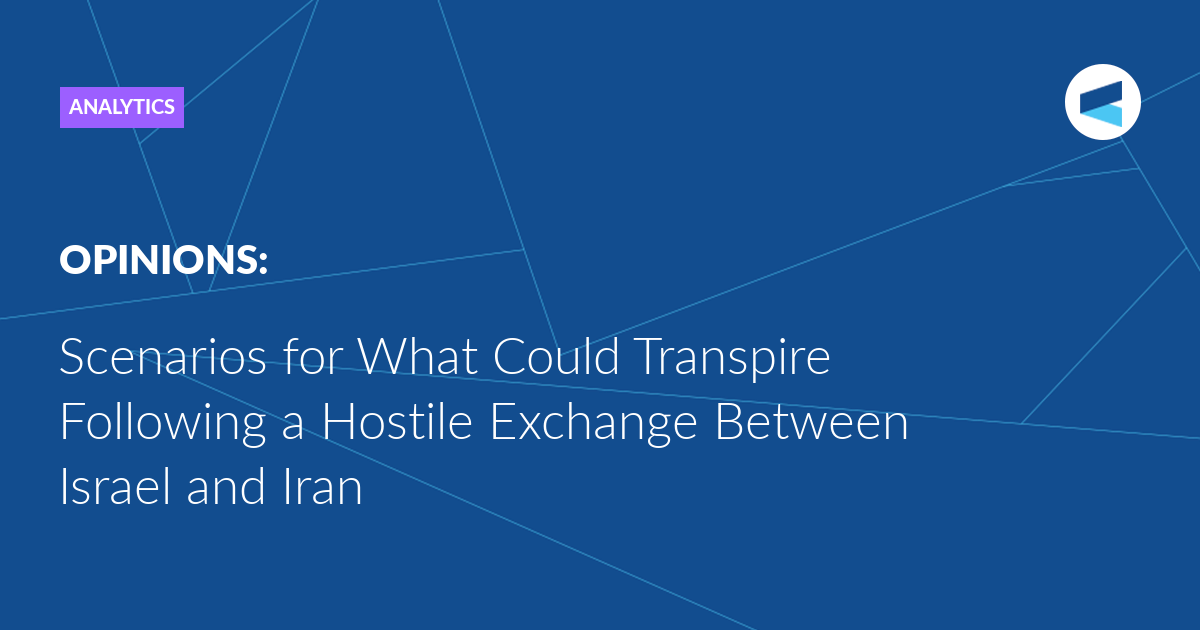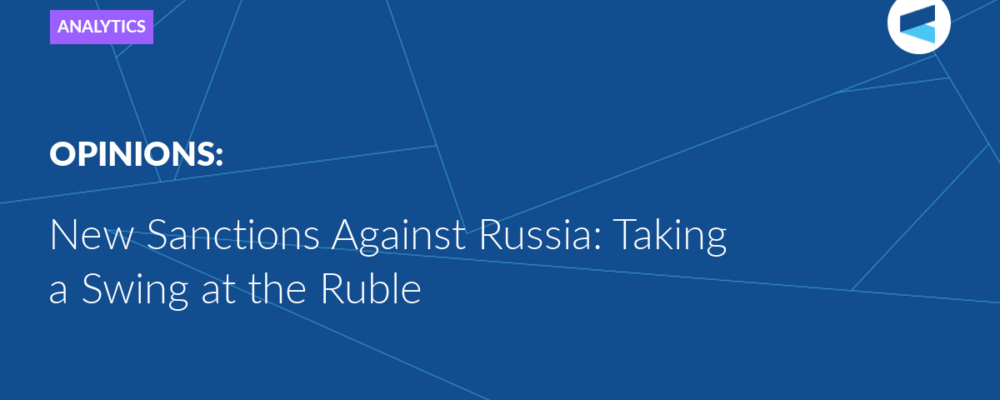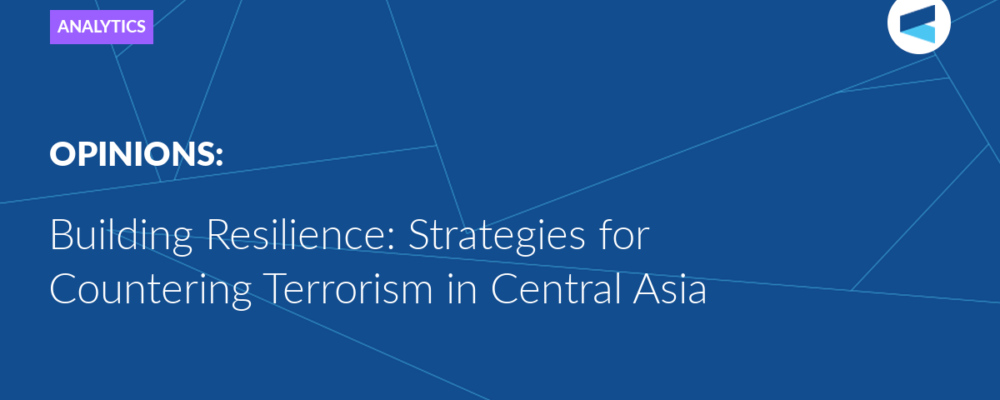Both Tehran and Jerusalem, while performing political and diplomatic manoeuvres, and, if necessary, demonstrating military capabilities, still strive to refrain from direct confrontation. The regional balance is extremely unstable – and therefore not a single potential scenario should be completely ruled out.
Iran-Israel relations have remained extremely tense for several decades. However, the parties have never engaged in a direct military confrontation, limiting themselves to attacks through their proxies and allies. In April 2024, the conflict escalated again: in response to the Israeli killing of several senior officers from the Islamic Revolutionary Guard Corps (IRGC) inside the Iranian consulate in Damascus, Tehran launched a large-scale attack against Israel using hundreds of drones and missiles – the first time this had been carried out directly. Most of the shells were intercepted by Israel and its allies, but the psychological damage was extremely significant: such a strike on Israel was completely unprecedented, and therefore Israel could not leave the move unanswered – as a result, a military facility was attacked within Iran. This round of escalation was over.
The events of April demonstrated the reluctance of both sides to become involved in a full-scale military conflict. Israel most likely carried out its strike early in the month without expecting such an intense response from Iran. Tehran, in turn, perceiving the destruction of its consulate in Syria as unacceptable, tried to react so that its attack, on the one hand, demonstrated its abilities, but, on the other hand, wasn’t too destructive for Israel – so as not to provoke it to react more forcefully. As a result of complex diplomatic and military-political manoeuvres, a major regional escalation was avoided, largely due to the reluctance of the warring parties and their allies to become involved in such a confrontation. The dynamic between the two countries, however, is characterised by a high level of instability, and therefore, the forecasting of the further development of events remains extremely difficult. Emerging “black swans” (for example, the death of Iranian President Ibrahim Raisi in May 2024) make this task even more difficult.
The main scenario for the future of the confrontation is one where the current level of tension persists without significant changes. So far, no fundamental transformations have been observed in the behaviour of the warring parties. Among the Israeli military-political establishment, there are supporters of more decisive actions on the Iranian track. However, any increase in the intensity and scale of the conflict is associated with significant risks and costs, for which Israel is not prepared. Iran, for its part, has demonstrated that it is prepared to launch a new type of retaliatory strikes – but not a desire for unlimited escalation.
Given the potential transformation of Tehran’s approach, implying a transition from “strategic patience” without large-scale reactions to Israeli strikes on Iranian targets in Syria to tougher shows of force (at least in the most sensitive cases), Jerusalem will likely have to change its tactics as well. In this case, it is possible to limit Israeli activity within the framework of the “campaign between the wars” to reduce the risk of exacerbations, but definitely not to stop it – the events of the last six months, from the point of view of the Jewish state, have only further emphasised the need to ensure its own security on multiple fronts.
At the same time, there is certainly room for potential exacerbations. The main, although not the only source of regional instability at the moment, is the war in Gaza. However, the actions of the Lebanese group Hezbollah and the Yemeni group Ansar Allah represent additional factors of tension. Shelling between Israel and Hezbollah on the border between the Jewish state and Lebanon since October 2023 carries constant risks of turning into a full-fledged second front of the war in Gaza, although the actors are trying to balance on this line without crossing it. In addition, the Israeli “campaign between the wars” in Syria continues – an element of which was the liquidation of IRGC officers in early April 2024 – aimed at preventing the strengthening of the positions of Iran and its proxies on the northern border of the Jewish state. As recent events have shown, it contains significant potential for a difficult-to-control escalation, which the adversaries are not at all eager for. Nevertheless, each such incident, on the one hand, encourages actors to exercise caution in implementing their own security objectives, but, on the other hand, demonstrates the difficulty of predicting the possible reactions of opponents and the consequences of any relatively unconventional steps, which only increases the risk of similar rounds of tension with an unpredictable outcome.
The least likely scenario seems to be one where the sides deliberately start a full-scale regional war – given that the actors have tried to avoid this as much as possible. Although the risks of Iran’s direct involvement in the Gaza war were initially assessed as quite high, it gradually became obvious that this was not a very likely scenario – despite the fact that the participation of Iranian proxies and allies in hostilities on the side of Hamas, albeit relatively limited, is still observed. Israel, in turn, will not initiate the opening of additional fronts, since the risks associated with such a decision would significantly outweigh any potential benefits.
An additional limiting factor is the position of regional and extra-regional players. During the April round of tensions, both the United States and its partners (including in the Middle East) demonstrated, on the one hand, a willingness to protect Israel from any external threats, but, on the other, the ability to influence it to prevent further escalation. While such support is extremely significant for Israel in both a practical and symbolic sense, it limits its ability to react too harshly to the actions of Iran and its proxies – and therefore reduces the likelihood of such steps on its part. For Tehran, in turn, the position of Israel’s partners is also a demonstration of their ability to take coordinated and concerted actions, which also plays a deterrent role.
At the same time, the basic perception that Iran and Israel maintain of each other has not undergone significant changes. Tehran’s position still does not imply recognition of the legitimacy of Israel as a Jewish state – and so far, the prerequisites for transforming this fundamental component of its foreign policy strategy have not emerged. From the Israeli point of view, Tehran is a source of serious risks to its security, acting through its proxies and partners within the “axis of resistance”, which are actually located on the borders of Israel. Unless those factors are eliminated, it is certainly not possible to talk about a sustainable and long-term de-escalation of Iranian-Israeli tension.
***
In general, although forecasting amid regional instability is significantly difficult, there are no fundamental changes in the general trends which are characteristic of the Middle East at the present stage. The relatively limited (though largely unprecedented) nature of the April round of tensions demonstrated the reluctance of the parties to initiate full-scale regional escalation. Taking this into account, the most likely scenario remains the continuation of the conflict approximately at the current level, without transition to direct attacks by either actor on the other’s territory. The objectives of the Israeli “campaign between the wars” remain the same: preventing the growth of influence of Iran and its proxies in Syria and Lebanon, eliminating the threat from this territory. Iranian goals contradict this. However, both Tehran and Jerusalem, while performing political and diplomatic manoeuvres, and, if necessary, demonstrating military capabilities, still strive to refrain from direct confrontation. The regional balance is extremely unstable – and therefore not a single potential scenario should be completely ruled out.
The Valdai Discussion Club was established in 2004. It is named after Lake Valdai, which is located close to Veliky Novgorod, where the Club’s first meeting took place.
Please visit the firm link to site






